 AT&T is putting its gigabit fiber network upgrades on hold as long as President Barack Obama continues to insist on robust Net Neutrality for American broadband.
AT&T is putting its gigabit fiber network upgrades on hold as long as President Barack Obama continues to insist on robust Net Neutrality for American broadband.
AT&T Randall Stephenson told Wall Street investors attending this morning’s Wells Fargo Technology, Media, and Telecom Conference that the current state of “uncertainty” created after President Obama delivered remarks Monday in favor of strong Net Neutrality protections makes any investment in fiber upgrades too risky to continue.
“We can’t go out and just invest that kind of money deploying fiber to 100 cities […] not knowing under what rules that investment will be governed,” Stephenson said, excluding the two million customers already upgraded under AT&T’s Project VIP, AT&T’s effort to boost its wireless infrastructure in rural areas and upgrade U-verse to handle incrementally faster broadband speeds. “We have to just put a stop on those kinds of investments that we are doing today.”
But Stephenson’s accusation that the president’s strong support for Net Neutrality is responsible for putting AT&T’s plans on hold ignores the financial realities that have been a part of AT&T’s proposed upgrades since the company first announced them in April 2014.
Construction of Verizon’s fiber to the home FiOS network required significantly enhanced spending for several years, much to the consternation of Wall Street, that frequently criticized the project as too costly. In contrast, there have been few complaints about AT&T’s much larger 100 city fiber project because financial reports show no significant spending increases or large-scale capex investments by AT&T. In fact, on Friday — three days before the president made his remarks on Net Neutrality — AT&T announced investment cuts of at least $3 billion for 2015.
Stop the Cap! has reported AT&T’s fiber upgrades lack appropriate financial support and will require billions in increased investments to offer more than a handful of demonstration projects limited to new housing developments and multi-dwelling units where construction costs are considerably lower.
Stephenson admitted that most of the company’s Project VIP upgrade effort is now nearly complete, allowing the company to return to “normal” spending levels seen when major upgrades are not underway.
“You say okay, here has been the [increased spending in the budget], those projects are finished, we spiked it,” Stephenson said. “Now we’re bringing it down to a more normal rate.”
Stephenson reminded investors that they will see a dramatic savings in investment spending starting late this year.
“Just the cost [to AT&T over the last few years of Project VIP and] to be putting away this much investment, [it has been] a big operating expense block […] that we have been dragging through the last three years as we did all these buildouts,” said Stephenson. “You will see in 2014 the fourth quarter that [level of] capex start to tail off.”


 Subscribe
Subscribe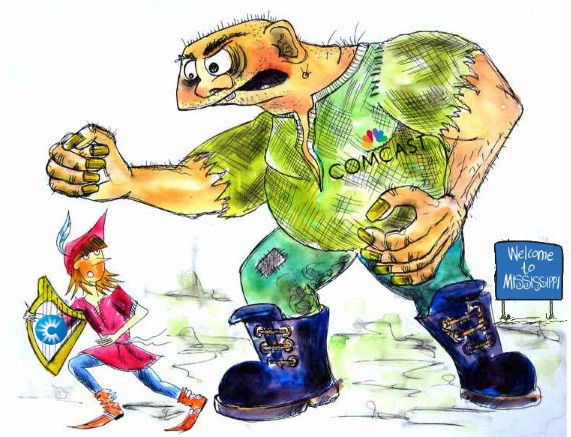 The sleepy deep south isn’t often a battleground for an all-out broadband competition war, but Ridgeland, Miss.-based C Spire, a regional cell phone company with fiber broadband aspirations, has gotten too big for its britches and Comcast is preparing to demonstrate its size and resources can run even a home state provider into the ground.
The sleepy deep south isn’t often a battleground for an all-out broadband competition war, but Ridgeland, Miss.-based C Spire, a regional cell phone company with fiber broadband aspirations, has gotten too big for its britches and Comcast is preparing to demonstrate its size and resources can run even a home state provider into the ground.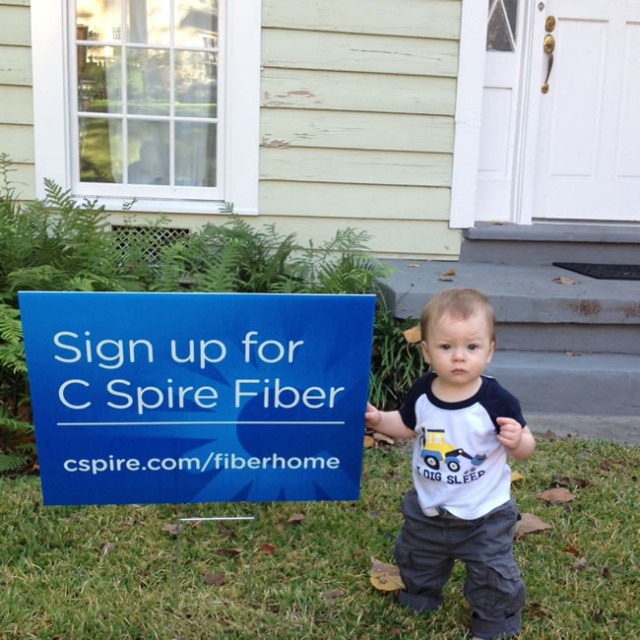 C Spire’s plans could cost Comcast a significant number of cable customers across Mississippi, and it isn’t taking that lightly.
C Spire’s plans could cost Comcast a significant number of cable customers across Mississippi, and it isn’t taking that lightly. New Zealanders want faster broadband and they want it without a usage cap, and Snap is ready to offer both.
New Zealanders want faster broadband and they want it without a usage cap, and Snap is ready to offer both. Snap’s new service comes as a result of New Zealand’s deployment of fiber networks and an end to usage caps, consumption billing, and/or bandwidth throttling. Snap has been well received in New Zealand because it guarantees no traffic shaping, traffic management schemes, or mandatory usage caps. This comes at a time when North American providers are trying to force customers into usage-capped broadband plans and wireless carriers insist on using traffic shaping and caps.
Snap’s new service comes as a result of New Zealand’s deployment of fiber networks and an end to usage caps, consumption billing, and/or bandwidth throttling. Snap has been well received in New Zealand because it guarantees no traffic shaping, traffic management schemes, or mandatory usage caps. This comes at a time when North American providers are trying to force customers into usage-capped broadband plans and wireless carriers insist on using traffic shaping and caps.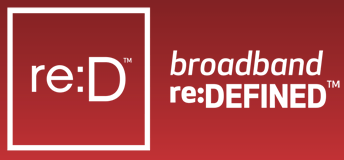 Alaska-based GCI has rolled out a free upgrade for customers in Anchorage, Fairbanks, Juneau, Ketchikan, Mat-Su Valley, and Sitka that delivers broadband speeds up to 250/10Mbps.
Alaska-based GCI has rolled out a free upgrade for customers in Anchorage, Fairbanks, Juneau, Ketchikan, Mat-Su Valley, and Sitka that delivers broadband speeds up to 250/10Mbps.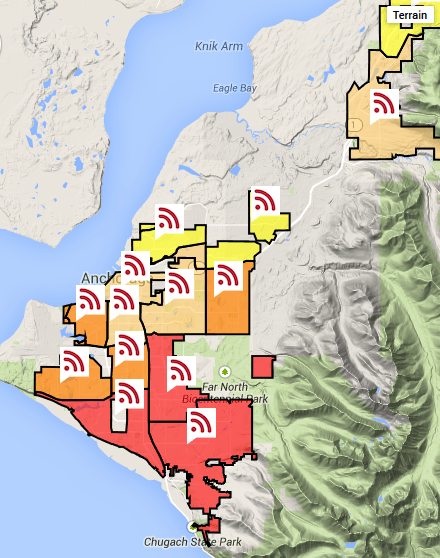
 The speed increases come after its competitor Alaska Communications announced speed increases of its own. ACS sells unlimited access broadband service at speeds up to 50Mbps. ACS has beefed up its copper infrastructure to support faster Internet speeds, starting with 15Mbps introduced across the state in May. Now customers in Anchorage can subscribe to faster tiers including 30 and 50Mbps.
The speed increases come after its competitor Alaska Communications announced speed increases of its own. ACS sells unlimited access broadband service at speeds up to 50Mbps. ACS has beefed up its copper infrastructure to support faster Internet speeds, starting with 15Mbps introduced across the state in May. Now customers in Anchorage can subscribe to faster tiers including 30 and 50Mbps.
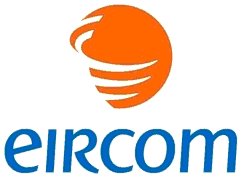 But some critics contend $664 million is insufficient to wire every building in Ireland for fiber service and suspect the government may try to backtrack and choose fiber to the cabinet or wireless service for the most isolated communities that could prove extremely expensive to reach with fiber.
But some critics contend $664 million is insufficient to wire every building in Ireland for fiber service and suspect the government may try to backtrack and choose fiber to the cabinet or wireless service for the most isolated communities that could prove extremely expensive to reach with fiber.